Beko dishwasher does not fill with water
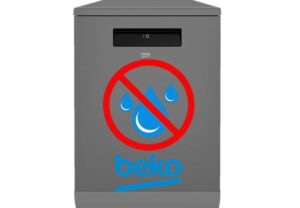 When a Beko dishwasher does not fill with water, this is not yet a reason to contact a service center, because the problem can be solved yourself. In this case, you need to study the device of the dishwasher, find out about all the possible causes of the problem, and then begin to troubleshoot the problem. Let's look at the main problems that arise with household appliances.
When a Beko dishwasher does not fill with water, this is not yet a reason to contact a service center, because the problem can be solved yourself. In this case, you need to study the device of the dishwasher, find out about all the possible causes of the problem, and then begin to troubleshoot the problem. Let's look at the main problems that arise with household appliances.
The machine does not close well
The first reason is not only one of the most common, but also the most easily eliminated. We are talking about a situation where the dishwasher door is not closed correctly. This may have happened due to the opening being blocked, for example, if the seal was broken, or perhaps the problem is related to the door lock. The procedure in such a situation is as follows:
- disconnect the “home assistant” from the power supply;
- open the door and fix it in this position;
- We carefully examine both the serviceability of the lock and the presence of unnecessary objects stuck in the doorway;

- unnecessary objects from the opening must be removed, and if the problem is in the lock, it must be replaced. In the second option, unscrew the two fixing screws, remove the damaged element, install a new lock and secure it;
Do not buy a new lock until you have removed the old one to use as an example, otherwise you risk buying the wrong part.
- The final stage is a test wash. We start any working cycle and check that water begins to accumulate;
If after all the manipulations done the device is still faulty, then another repair is required.
Leak protection activated
Aquastop is a technology that protects household appliances from leaks. It is installed on most modern devices, so there is a high risk that the problem is caused by it. The technology itself looks like two “gateways”, one allows liquid into the dishwasher, and the second redirects it into the dishwashing process. There are different, structurally different systems.
- Mechanical, when the operation of the locks is influenced by a spring, which, in turn, depends on water pressure.
- Absorbent, that is, the device contains a special material that, after water enters, increases in size and blocks the liquid.
- Electromechanical, where a float is responsible for stopping the water, which floats up only when the water level in the dishwasher rises.
All three types of aquastop device do their job perfectly, so there is no need to choose any specific one, avoiding the other two. But for each of the three, the procedure for replacing or repairing will be different.
- First, we determine which option is installed in your equipment. You can find this out in the device passport, official instructions, or look it up on the Internet.

- If you have a mechanical system, return the spring to its original position by turning the latches.
- When the absorbent aquastop is installed, you just need to wait until it dries.
- The electromechanical element will have to be removed and replaced. To do this, you must first disconnect the equipment from the electricity and turn off the water, then unscrew the old hose and disconnect the plug, install a new one and check the operation of the sink.
Basically, it is the third type of aquastop that is installed on Beko equipment, so you will have to spend money on buying and replacing a new one. This is not very difficult to do, especially if you replace it yourself, but it is an expensive repair.
Inlet filter element clogged
Another common problem is related to low quality tap water. In many regions of Russia, the water in the pipes is too hard in itself, and due to rusty pipes that have not been updated for a long time, the liquid ends up in people’s homes with various debris.
For this reason, manufacturers of household appliances use special filters to remove mechanical impurities in water, which can damage complex equipment. When the water stops flowing completely, or the liquid supply decreases, and a strange hum appears, the filter may be clogged.
What to do in this case?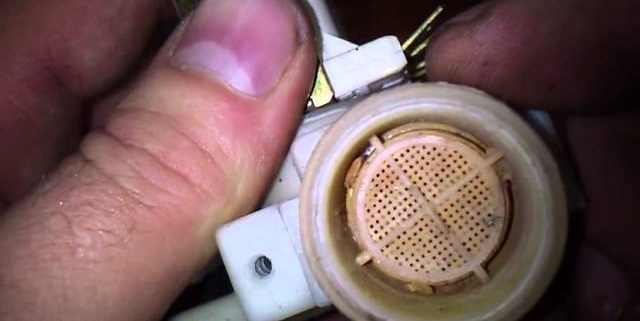
- Disconnect the dishwasher from the water supply.
- Remove the filter, which is located on the hose where the water enters the device. The filter looks like a small mesh inside the hose.
- Rinse the mesh thoroughly with running water until the dirt and debris are gone.
- Place the mesh back in its place in the hose, and screw the hose itself to the device.
- Carefully check that the connection is tight and no water is leaking.
- Run a wash test to verify that the water supply problem has been resolved.
As you can see, the filter cleaning procedure does not take much time and does not require special knowledge or skills, so even a child can cope with it. At the same time, you should not neglect this elementary action, because if your water supply has hard water, then the filter element must be cleaned regularly.
Broken filling valve
A broken fill valve is not easy to determine, but it is quite possible if you have a multimeter at home. If the valve is damaged, the part most often cannot be repaired, so replacement is required. How to implement it correctly?
- Disconnect the machine from water and light.
- Unscrew all screws holding the outer door panel and then remove it.
- Disconnect the wires and remove the control panel.
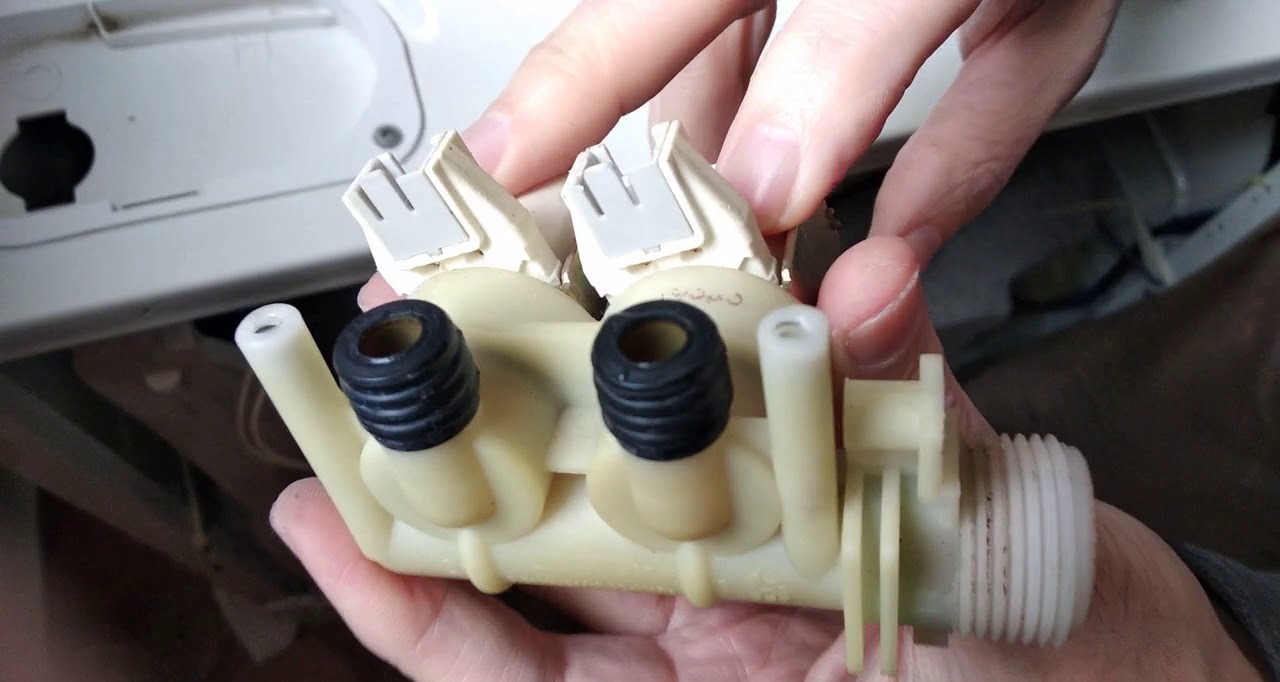
- Then you need to detach the bottom access panel along with the impact panel, after first removing the retaining screws from them.
- Now you need to unscrew the water supply line from the inlet valve, for which you will have to use a wrench.
- Using pliers, remove the mounting clamp from the valve, disconnect the wires, and then remove the damaged valve itself.
Before disconnecting the valve, it is better to take a photograph of how it should be installed in the equipment, so that you always have an example of the correct connection at hand.
- Once you have a sample part in your hands, you can go for a replacement.
- The element is installed in the equipment according to the instructions in the reverse order.
After all the steps, the functionality of the household appliance is checked by a test operating cycle.
The water level sensor is faulty
Another possible problem that produces similar “symptoms” is damage to the pressure switch. When it fails, the machine completely stops filling with liquid, since the water level sensor does not transmit a message to the equipment that since the tank is empty, it needs to be filled with water. Unfortunately, it is not always possible to repair the pressure switch, so you will have to purchase a replacement part. What should I do to install a new sensor?
- The first standard action is to disconnect the device from all communications.
- Next, you need to place the device on its side.
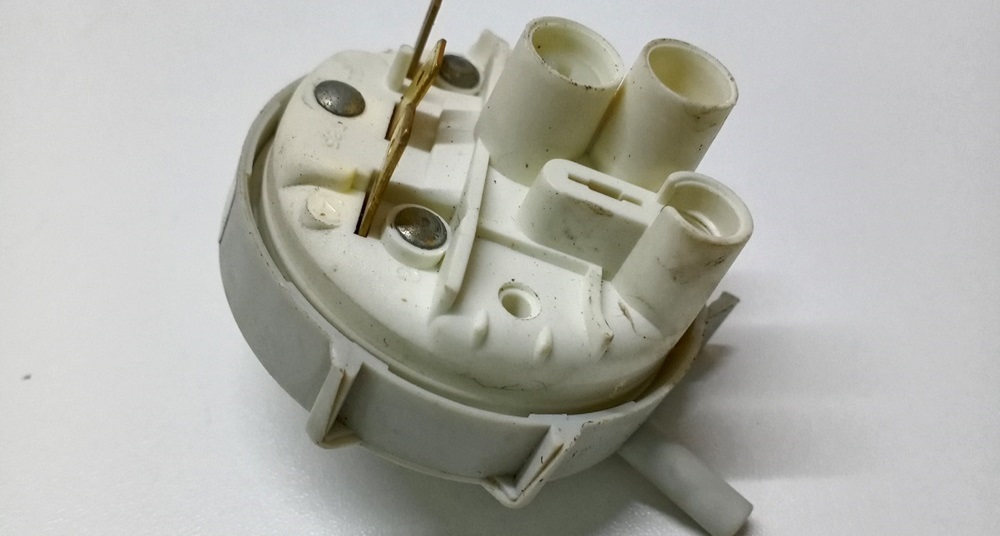
- We remove the bottom cover and look for the pressure switch, which looks like a small plastic box with a tube connected to it.
- We disconnect the tube and unscrew the screws that prevent the sensor from being removed.
- If debris and various blockages have accumulated on it, they must be eliminated, and then check the resistance of the element with a multimeter.
- The device is OK if the meter actively signals the presence of resistance, but if the device is silent, the pressure switch is broken.
- Purchase a similar replacement model, and then install it according to these instructions.
After all the steps, the “home assistant” should start working properly again. Beko equipment is not very difficult to repair with your own hands, the main thing is to know what exactly is broken. To do this, always check the most common failure options first in order to quickly detect the malfunction and save time on diagnostics.
Interesting:
Reader comments
- Share your opinion - leave a comment
Categories
Washing machine repair


For buyers

For users

Dishwasher


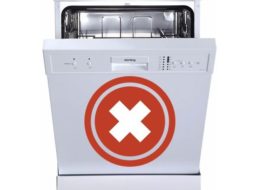

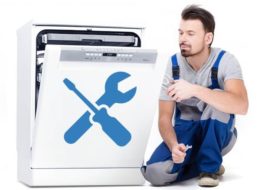












Add a comment